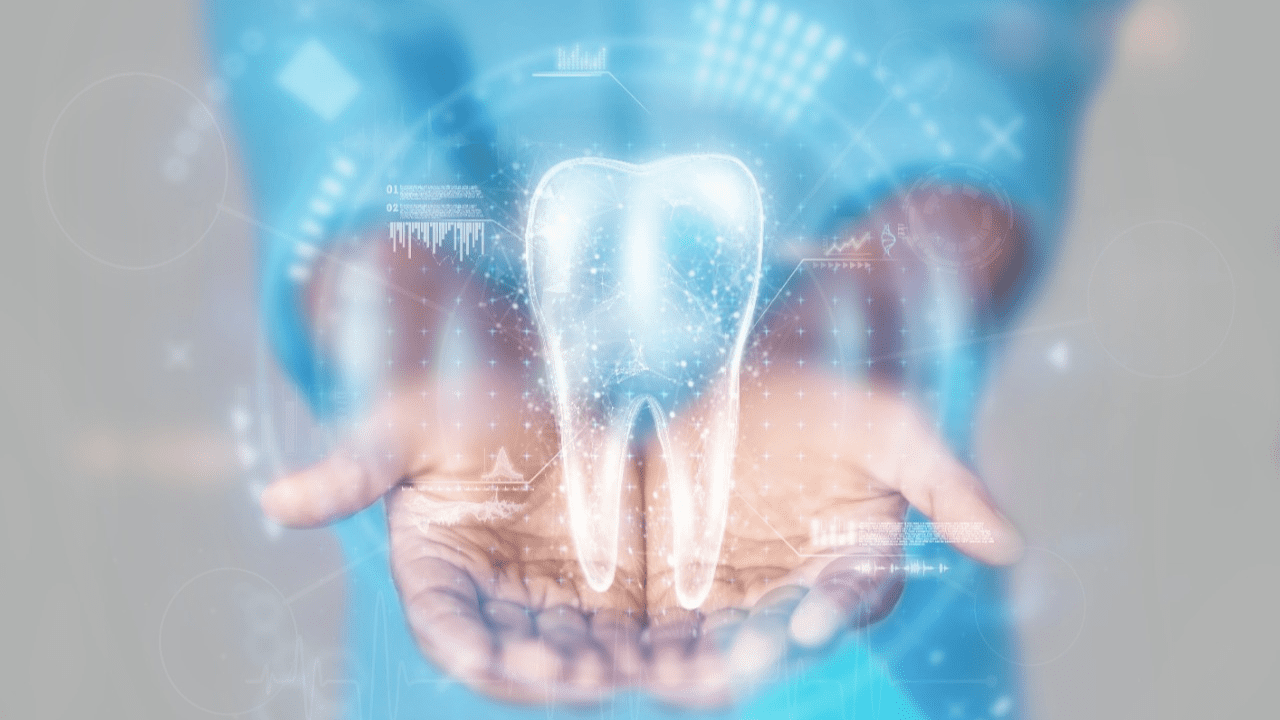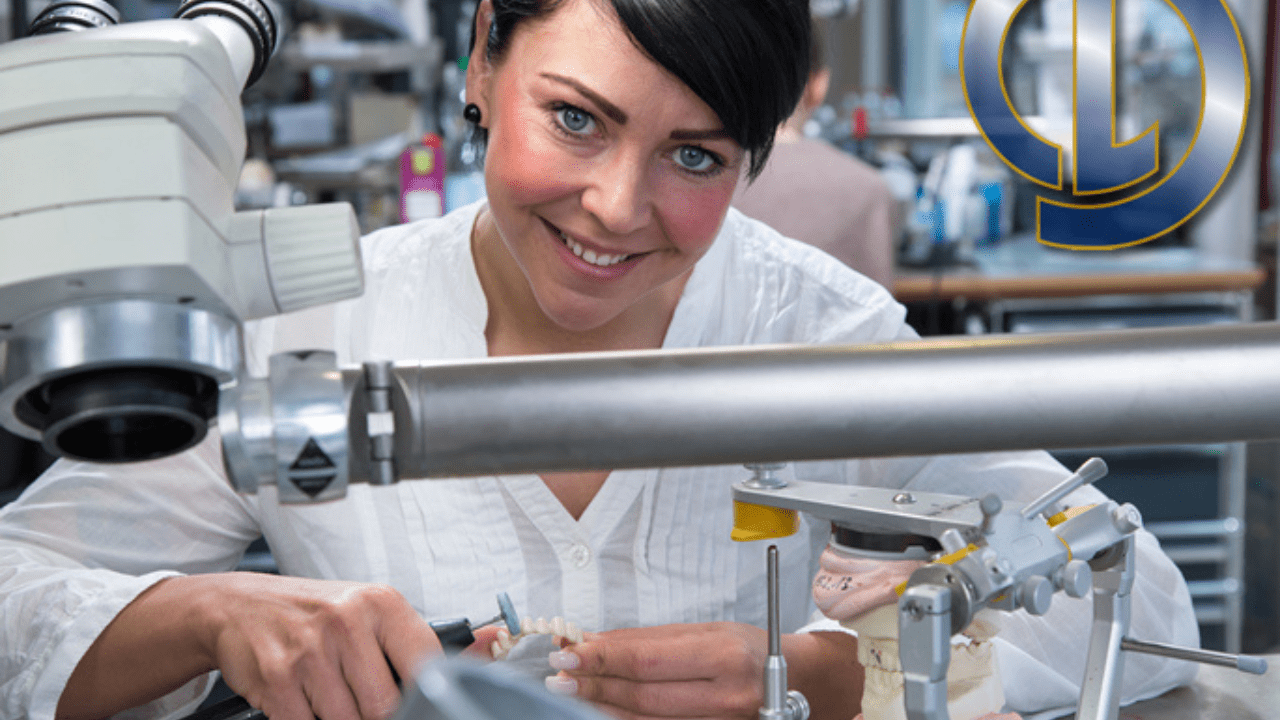
Tilted vs. Straight Dental Implants: Which One's Right for You?
Posted Nov. 15, 2023 by Haresh SavaniIntroduction
Are you considering dental implants to restore your smile? That's a fantastic decision! Dental implants have revolutionized the world of dentistry, providing a lifelike solution for those missing one or more teeth. However, when it comes to choosing the right type of implant, you may find yourself at a crossroads: tilted or straight dental implants? Don't worry; you're not alone in this dilemma. In this comprehensive guide, we'll delve deep into the world of dental implants, exploring the differences between tilted and straight implants.
By the end of this article, you'll be well-equipped to make an informed decision that suits your unique needs and preferences.
Tilted Dental Implants: A Game-Changer in Dentistry
When it comes to dental implants, "tilted" might sound like an unusual term. However, tilted dental implants, also known as "angulated implants" or "tipped implants," are a remarkable innovation in the field of dentistry. Let's take a closer look at what makes them stand out:
1. Unconventional Angles for Better Fit
Tilted dental implants are precisely what their name suggests – they are inserted at an angle. Unlike traditional straight implants, which are placed vertically into the jawbone, tilted implants are strategically angled to accommodate various bone structures and challenging anatomical conditions. This innovative approach allows for a better fit, especially when dealing with limited bone volume or uneven jawbone surfaces.
2. Improved Aesthetics
One of the primary goals of dental implants is to provide a natural and aesthetically pleasing smile. Tilted dental implants excel in this regard. By adjusting the angle of insertion, your dentist can achieve optimal alignment and positioning of the implant, ensuring that your new tooth looks and feels just like a natural one. Say goodbye to awkward smiles!
3. Versatile Solutions
Tilted dental implants open up a world of possibilities for patients who may have been told they are not ideal candidates for traditional, straight implants. Their versatility allows dentists to work around anatomical limitations, making dental implant treatment accessible to a broader range of individuals. Whether you have a narrow jawbone or need to replace a posterior molar, tilted implants can often provide the perfect solution.
Straight Dental Implants: The Classic Choice
Straight dental implants, often referred to as "vertical implants" or "conventional implants," have been the gold standard in implant dentistry for decades. They offer several advantages of their own:
1. Time-Tested Reliability
Straight dental implants have a long and proven track record of success. Dentists worldwide have been using them for years with consistently reliable results. If you value the tried-and-true approach, straight implants may be the way to go.
2. Simplified Surgical Procedure
For some patients and cases, simplicity is key. Straight implants typically involve a straightforward surgical procedure, as they are inserted vertically into the jawbone. If you're looking for a quicker and less complex implant placement, this might be the right choice for you.
3. Broad Availability
Due to their widespread use and acceptance, straight dental implants are readily available. You'll likely find them offered by a wide range of dental professionals, making it easier to access this type of treatment.
Tilted vs. Straight Dental Implants: Let's Compare!
Now that we've explored the unique features of tilted and straight dental implants, it's time to put them head-to-head in a friendly showdown. Here's a side-by-side comparison to help you weigh the pros and cons of each option:
Aesthetics
Tilted Dental Implants:
Offer exceptional aesthetics with precise alignment.
Mimic the natural angle and appearance of teeth.
Ideal for patients seeking a seamless, lifelike smile.
Straight Dental Implants:
Provide a natural look when positioned correctly.
May require additional customization for optimal aesthetics.
Suitable for patients with straightforward anatomical conditions.
Versatility
Tilted Dental Implants:
Highly versatile and adaptable to various anatomies.
Suitable for patients with limited bone volume or unique jawbone shapes.
Ideal for challenging cases that require creative solutions.
Straight Dental Implants:
Well-suited for patients with standard bone structures.
May not be suitable for individuals with limited jawbone height or width.
Preferred for straightforward implant placements.
Surgical Complexity
Tilted Dental Implants:
May involve a more complex surgical procedure.
Requires a skilled dentist experienced in tilted implant placement.
Can be a suitable choice for patients seeking customized solutions.
Straight Dental Implants:
Typically involves a simpler and quicker surgical process.
Offer a straightforward implant placement experience.
Suitable for patients seeking a reliable and established procedure.
Success Rate
Tilted Dental Implants:
Have a high success rate when performed by experienced professionals.
Provide excellent results, especially in challenging cases.
Patient compliance and post-operative care are crucial for success.
Straight Dental Implants:
Boast a well-documented history of success.
Offer predictable outcomes in routine cases.
Success depends on proper patient selection and aftercare.
Frequently Asked Questions
Q1: Are tilted dental implants more expensive than straight implants?
A1: The cost of dental implants can vary depending on various factors, including the complexity of your case, your location, and the specific implant system used. In general, tilted dental implants may require more skill and planning, which could result in slightly higher costs. However, it's essential to consult with your dentist to get a personalized cost estimate based on your individual needs.
Q2: Are tilted dental implants suitable for everyone?
A2: Tilted dental implants are versatile and can accommodate many different anatomical conditions. However, they may not be the best option for every patient. Your dentist will evaluate your case and recommend the most suitable implant type based on your specific needs, bone structure, and other factors.
Q3: How long does the recovery process take for tilted and straight dental implants?
A3: The recovery time for dental implants can vary from person to person. In general, both tilted and straight dental implants require a healing period of several months. During this time, the implant fuses with the jawbone in a process called osseointegration. Your dentist will provide you with specific instructions for post-operative care and follow-up appointments to monitor your progress.
Q4: Do tilted dental implants have a higher risk of complications?
A4: Tilted dental implants can be a fantastic solution for many patients, but they may involve a slightly higher level of complexity during the surgical placement. However, when performed by an experienced dentist, tilted implants have a high success rate and a low risk of complications. It's essential to choose a skilled and qualified dental professional to ensure the best possible outcome.
Conclusion
In the world of dental implants, the choice between tilted and straight implants ultimately comes down to your unique needs and preferences. Both options have their advantages and can provide excellent results when performed by skilled professionals.
Tilted dental implants offer versatility and aesthetic benefits, making them an ideal choice for patients with complex anatomical conditions or those seeking a perfectly aligned smile. On the other hand, straight dental implants provide a reliable and well-established solution, particularly for routine cases.
To make an informed decision, consult with an experienced dentist who can evaluate your specific situation and recommend the best implant type for you. Remember that successful implant treatment depends not only on the type of implant but also on proper patient selection, surgical skill, and post-operative care.
So, whether you choose tilted or straight dental implants, the most important thing is to regain your smile's functionality and aesthetics. Your journey to a restored and confident smile begins with a conversation with your dental professional. Don't hesitate to take that step and explore the possibilities of dental implants today! Your future smile awaits!
Leave a Comment
Your email address will not be published. Required fields are marked *


